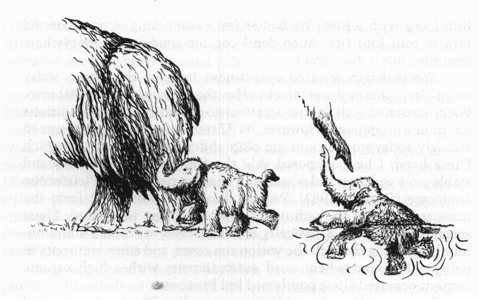It is thought that the young animal, which was male, became caught in a deep silty mudhole. As he struggled to free himself over the course of a few days, he was forced to eat silt and decaying plant material, which was the only food available. During this time his store of body fat was depleted, so that when he was found he looked severly emaciated, with not an ounze of fat on his body. Eventually, Dima lost conciousness and slowly sank into the mud, where he drew in a few last breaths of dirty water. The plant material that he ingested prior to dying, along with the silty mud in his lungs, were what allowed researchers to reconstruct the circumstances of his death.
Dima's body was preserved because of a common set of circumstances (for the arctic tundra). The small pond that he drowned in was formed by local melting of the subsurface permafrost. When winter came the pond froze solid, and the next spring when the snow thawed again, the pond was covered with a layer of thick silt, probably from a small landslide in the area. This covering of silt served to insulate the pond ice from the summer heat, so that it never thawed out. In modern times, a miner was prospecting for placer deposits of gold with a bulldozer when he ran into the small carcass, still buried in situ. |  |
